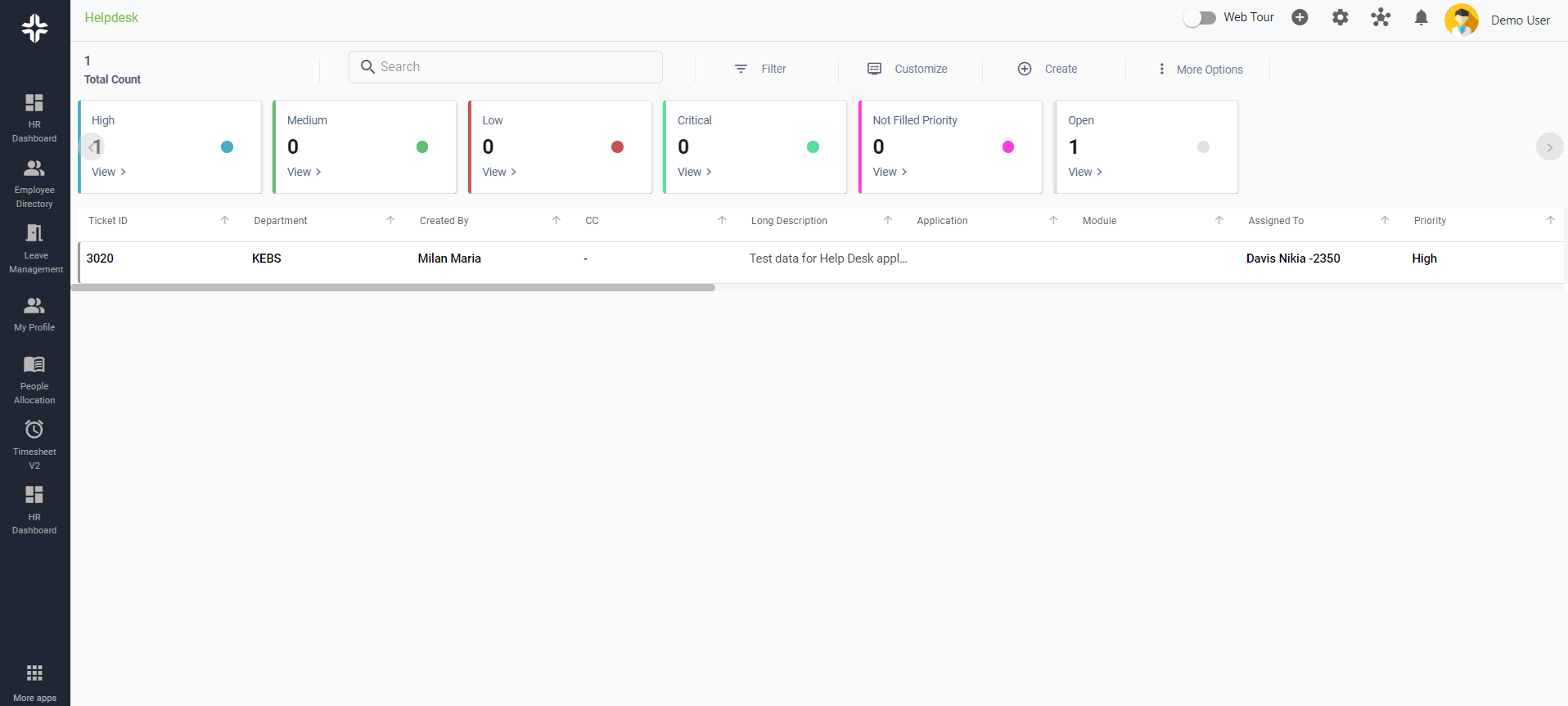Home » PSApedia
Error Rate
Track and Improve Error Rates with our Data-Driven Solutions. Enhance Accuracy and Performance.

What is Error Rate?
Error Rate, in its simplest form, refers to the percentage of all processed tasks that result in errors.
Whether you’re dealing with data entry, software development, or financial management, understanding your error rate can provide valuable insights into the efficiency and accuracy of your processes.
Importance of Error Rate
The significance of the Error Rate metric cannot be overstated. A high error rate can lead to:
- Decreased Customer Satisfaction: Errors can lead to customer dissatisfaction, impacting brand reputation and trust.
- Increased Operational Costs: Errors often mean rework, leading to higher costs.
- Reduced Efficiency: Time spent correcting errors is time not spent on productive tasks.
- Decision-making Implications: Inaccurate data can lead to poor business decisions.
By monitoring and aiming to reduce the error rate, businesses can enhance their operational efficiency.

Importance of Error Rate
How to Calculate Error Rate?
The formula to calculate Error Rate is:
Error Rate = (Number of Errors / Total Number of Tasks) × 100
Example: If a data entry team processes 1000 entries and makes 50 errors, the error rate would be:
Error Rate=(50/1000) × 100=5%
This means that 5% of the total tasks processed resulted in errors.
Error Rate vs Other Metrics
Error Rate is just one of many metrics businesses can use to gauge performance. Let’s compare it with a few related metrics:
1. Accuracy Rate: While Error Rate measures the percentage of tasks with errors, Accuracy Rate measures the percentage of tasks without errors. It’s the inverse of Error Rate.
2. Defect Density: Common in software development, this metric measures the number of defects per unit size of a software product.
3. Failure Rate: This metric measures the number of times a system fails per unit of time.
Understanding the nuances between these metrics can help businesses choose the right one for their specific needs, be it resource management or deal management.
| Metric | Definition | Purpose and Use |
|---|---|---|
| Error Rate | Percentage of tasks or operations that have errors | Identify quality issues, ensure accuracy and reliability in a process. |
| Accuracy Rate | Percentage of tasks or operations without errors | Gauge the correctness and precision of operations. |
| Efficiency | Ratio of output produced to the input used | Measure how effectively resources (like time, materials) are being used. |
| Throughput | Number of tasks completed in a given time frame | Determine operational capacity and potential bottlenecks. |
| Utilization | Percentage of available capacity that’s in use | Evaluate how well resources (like equipment, workforce) are being employed. |
Applications of Error Rate
Error Rate finds its application in various domains:
- Software Development: To measure the quality of code and identify areas for improvement.
- Data Entry: To gauge the efficiency and accuracy of data entry processes.
- Manufacturing: To determine the quality of products being produced.
- Customer Support: To assess the effectiveness of support teams in resolving customer issues without errors.
By leveraging tools like ticket management software, businesses can further reduce their error rates in customer support.
Ready to Optimize Error Rate?
KEBS, a leading PSA Software, offers tools and features that can help businesses monitor and reduce their error rates. With its comprehensive dashboard and reporting capabilities, businesses can gain insights into their operations, identify areas of concern, and implement corrective measures.

KEBS Helpdesk
Moreover, with KEBS project management and resource management tools, businesses can ensure that tasks are assigned to the right people, reducing the chances of errors.
Ready to optimize your operations and reduce your error rate? Contact KEBS today or request a demo to see how KEBS can transform your business.



